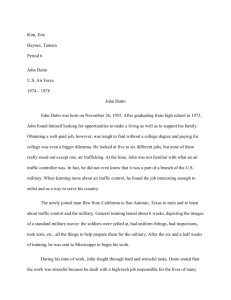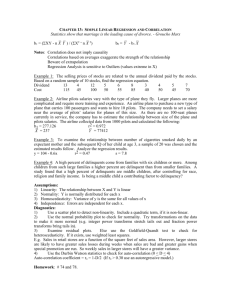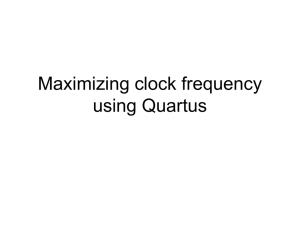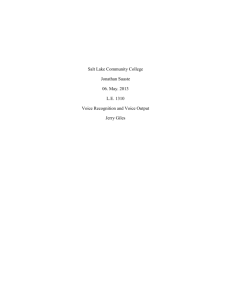PHTT notes 7.08.14
advertisement
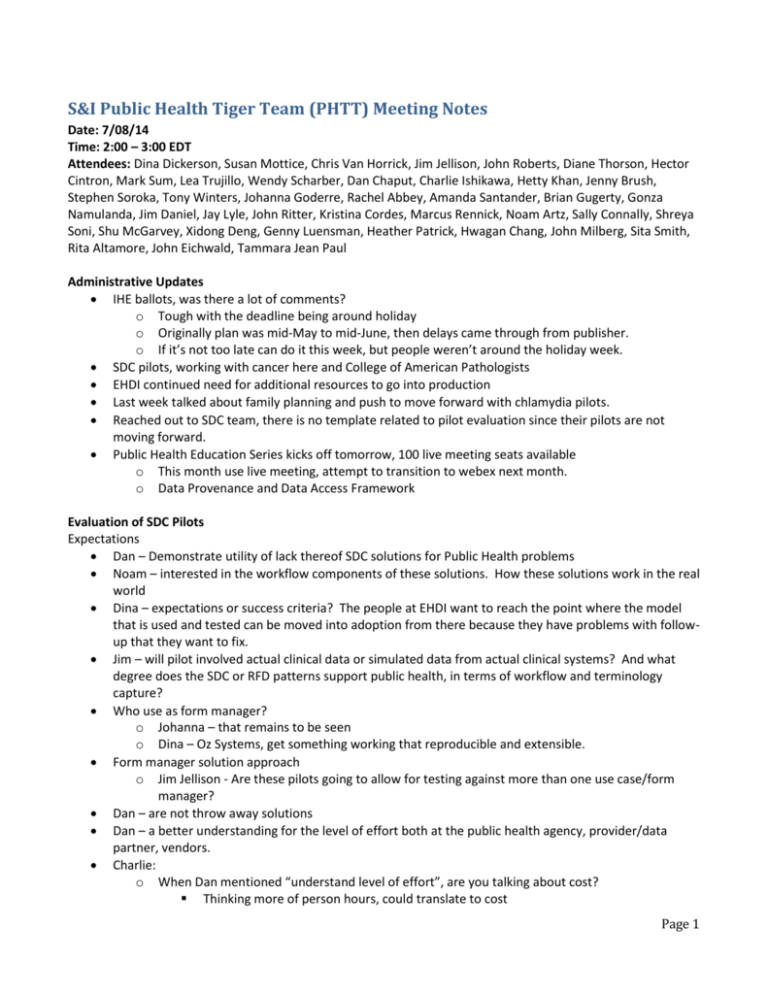
S&I Public Health Tiger Team (PHTT) Meeting Notes Date: 7/08/14 Time: 2:00 – 3:00 EDT Attendees: Dina Dickerson, Susan Mottice, Chris Van Horrick, Jim Jellison, John Roberts, Diane Thorson, Hector Cintron, Mark Sum, Lea Trujillo, Wendy Scharber, Dan Chaput, Charlie Ishikawa, Hetty Khan, Jenny Brush, Stephen Soroka, Tony Winters, Johanna Goderre, Rachel Abbey, Amanda Santander, Brian Gugerty, Gonza Namulanda, Jim Daniel, Jay Lyle, John Ritter, Kristina Cordes, Marcus Rennick, Noam Artz, Sally Connally, Shreya Soni, Shu McGarvey, Xidong Deng, Genny Luensman, Heather Patrick, Hwagan Chang, John Milberg, Sita Smith, Rita Altamore, John Eichwald, Tammara Jean Paul Administrative Updates IHE ballots, was there a lot of comments? o Tough with the deadline being around holiday o Originally plan was mid-May to mid-June, then delays came through from publisher. o If it’s not too late can do it this week, but people weren’t around the holiday week. SDC pilots, working with cancer here and College of American Pathologists EHDI continued need for additional resources to go into production Last week talked about family planning and push to move forward with chlamydia pilots. Reached out to SDC team, there is no template related to pilot evaluation since their pilots are not moving forward. Public Health Education Series kicks off tomorrow, 100 live meeting seats available o This month use live meeting, attempt to transition to webex next month. o Data Provenance and Data Access Framework Evaluation of SDC Pilots Expectations Dan – Demonstrate utility of lack thereof SDC solutions for Public Health problems Noam – interested in the workflow components of these solutions. How these solutions work in the real world Dina – expectations or success criteria? The people at EHDI want to reach the point where the model that is used and tested can be moved into adoption from there because they have problems with followup that they want to fix. Jim – will pilot involved actual clinical data or simulated data from actual clinical systems? And what degree does the SDC or RFD patterns support public health, in terms of workflow and terminology capture? Who use as form manager? o Johanna – that remains to be seen o Dina – Oz Systems, get something working that reproducible and extensible. Form manager solution approach o Jim Jellison - Are these pilots going to allow for testing against more than one use case/form manager? Dan – are not throw away solutions Dan – a better understanding for the level of effort both at the public health agency, provider/data partner, vendors. Charlie: o When Dan mentioned “understand level of effort”, are you talking about cost? Thinking more of person hours, could translate to cost Page 1 o There’s a vendor that’s partnered with when doing these pilots? (Yes) would it be appropriate at the end of the pilots to have a sense of how much of the solution is proprietary and what part is extensible? Dina – key thing, in my opinion we need to have it be something that’s agnostic. It just happens to be Oz. Intention is to have something that’s reproducible. Appropriate to have understanding (maybe a document) Source code? Wouldn’t require it unless they’re taking federal dollars. Think it would be good from public health perspective to understand how much is only from a certain vendor or how much can only go to any vendor. Dan – 2 models: RFD and SDC. Different technical implementations, the ladder is more open source, standards-based than RFD. o Jim Jellison – as these pilots are defined and developed o Johanna – we explicitly did not allow X Forms to be allowed IHE in general is recommending not to use X Forms o Jim Daniel – important to think about: it’s great to do pilots with RFD but some of the things about being able to have a centralized forms manager and being open we’re not going to learn until we get to SDC. Only RFD side it’s the receiving application where we learn more. Middle of the road approach we might want to look at: if the receiving application could actually use common data elements to create the form. Educate stakeholders; vendors, providers, PHAs, hospitals, consumers of healthcare Success Criteria Noam – some of the expectations are really success criteria Model is vetted and move forward into adoption That the pilots be reproducible (open source) Noam – is it a success criteria that the pilots are reproduced? Unknown caller – reproducible in another domain e.g. developed in environmental but can be used in chronic. Sita – useful to have metric included, what kind of data? How do we evaluate the quality of the data. Usability o Jim Jellison – same quality of data as was in the EHR Gaps are identified Practices from PH pilots are identified , shared with SDC Initiative Charlie – does anyone have a pilot model in mind? To be able to see something to base our input on before the next meeting. On expectation side I see more statements that are outcome material, then others more output related, and others that are pre-conditions. Happy to help with the organization and fine-tuning these things. Showcasing Efforts Partnerships and Collaborations Page 2
